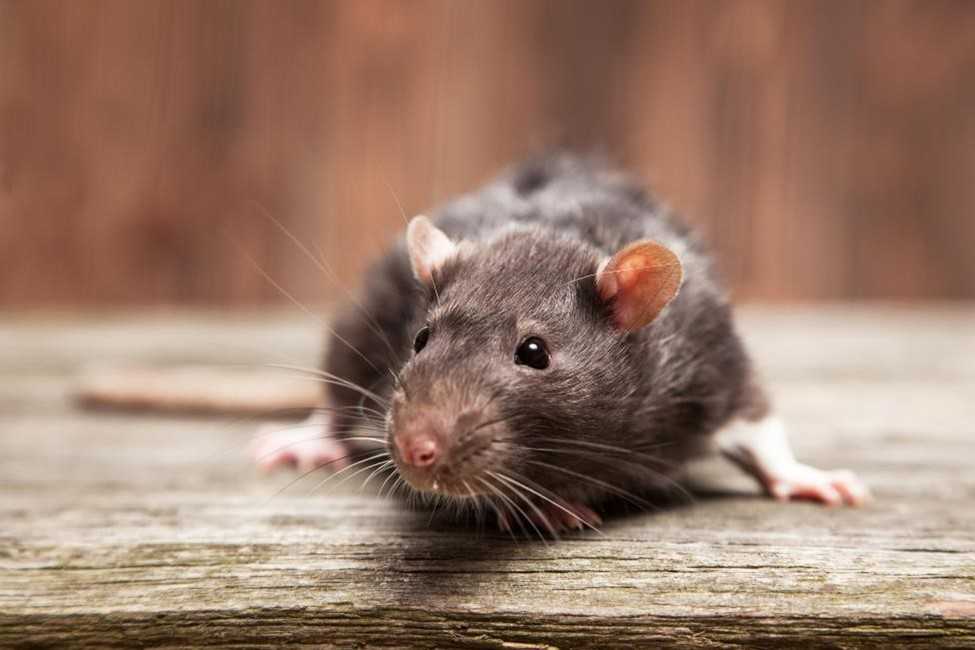Don’t let rats and mice turn your house into their new winter home! As the fall and winter temperatures drop, mice and rats don’t hibernate, but will instead be on the lookout for warm places to spend the winter. If your house is nice and cozy, these rodents are likely to notice and can find even the smallest gaps to use to get inside.
Sometimes, you’ll discover a clear sign of an infestation—finding a rat in the kitchen, discovering a mouse nest in the engine of the car you haven’t run for a while, or seeing mice running around the basement. Other times, however, it can be easy to miss the subtle signs of a rodent infestation when mice or rats are better hidden. Keep reading to learn more from the experts at PURCOR on how to recognize a rodent infestation, and on where hard-to-find mice and rats could be hiding.
What are the signs of a rodent infestation?
Seeing multiple rats or mice in your home is an obvious sign of a rodent infestation, but there are some other more subtle signs you can look for to catch rodents. Even if you haven’t seen rodents scurrying about, take note if you notice the following:
- Strange noises in the walls (scratching, gnawing, scurrying etc.)
- Small droppings or urine stains, especially around the kitchen
- Tiny chew marks on surfaces, including suddenly frayed/chewed electric cords and holes in food packaging
- Seeing nesting materials like shredded papers, textiles, insulation, leaves, etc.
- Rodent footprints, tail-drag marks, and/or smudge marks along walls
- Unusual bad odors
If you notice a few of these signs around your home, there’s a good chance you have a rodent infestation. Since mice are nocturnal and like to be hidden, you should investigate these signs further, even if you haven’t seen a mouse or rat. To get help discovering a rodent population, contact PUCOR!
Where do mice and rats hide in a house?
Although it’s not at all unheard of to see rats around your house, an infestation can still be happening even if you don’t spy any rodents. Rats and mice prefer to nest in places where they won’t be disturbed, so you usually won’t stumble across a nest out in the open.
Instead, expect rat nests to be in places you don’t usually check, like behind appliances, in unused drawers, under cabinets, in undisturbed areas of a garage, in crawl spaces, or even in false ceilings or walls. Although some of these spaces are easy to check, finding mice or rats in your walls or other hidden places can be a bit more difficult.
After noticing signs of a rodent infestation, try doing a search for a rat’s nest, but don’t worry if you can’t find one. The pest control experts at PURCOR can help you with complete rodent control, from finding and removing rodents to preventing future issues.
Where do rats and mice sleep in a house?
Mice and rats living in a home will make nests to help stay comfortable. They often will make nests close to a food source, so you are fairly likely to discover a nest around your kitchen, or another area of your house that might have food in it. They also tend to stay close to their nests while looking for food, so if you see a mouse, there’s a decent chance you’re close to its nest, and you can start searching for a nest in that area of the house first.
What does a rat or mouse nest look like?
So, what does a rodent nest look like? Indoor rodents will generally build up nests with small or shredded pieces of grass or plant material, cotton, paper, fabric, or even insulation. Expect a nest to look something like a ball or a very loosely woven bird’s nest.
When discovering a rodent nest, keep in mind that rodents are very unhygienic. Fleas and other bugs may be attracted to mouse and rat waste, adding additional health concerns to having a rodent infestation. If you discover a rodent nest, you’ll want to remove it as soon as possible; PURCOR’s team can help safely remove mouse and rat nests in our service areas.
Why are there rodents in the house, anyway?
The shelter and food found in our homes are naturally very appealing to rodents, so you don’t have to have a particularly dirty or broken-down home to end up with a rodent infestation. Mice and rats can squeeze into very small gaps around your home or garage’s floors, walls, doors, and windows. Caulking these areas can help prevent rodents.
Additionally, keeping food and trash sealed up and cleaning up any food crumbs can help limit some of your home’s appeal to rodents. However, it can be nearly impossible to fully dissuade rodents from entering a home if there’s a way for them to come in. If you need help identifying how mice or rats got in your garage or home, pest control professionals can help!
Remove and Prevent Rodents with PUCOR Pest Control!
Whether you’ve found a mouse nest in the oven, just saw an entire gang of rats in your garage, or have a suspicion that you’ve got mice in your walls, PURCOR can help! Our team will come in and safely remove your rodents, and can help you get preventative measures in place so you don’t have another infestation—just contact us to get started.
"*" indicates required fields
"*" indicates required fields




